Insights from CTV leaders at Dentsu, Horizon Media and more
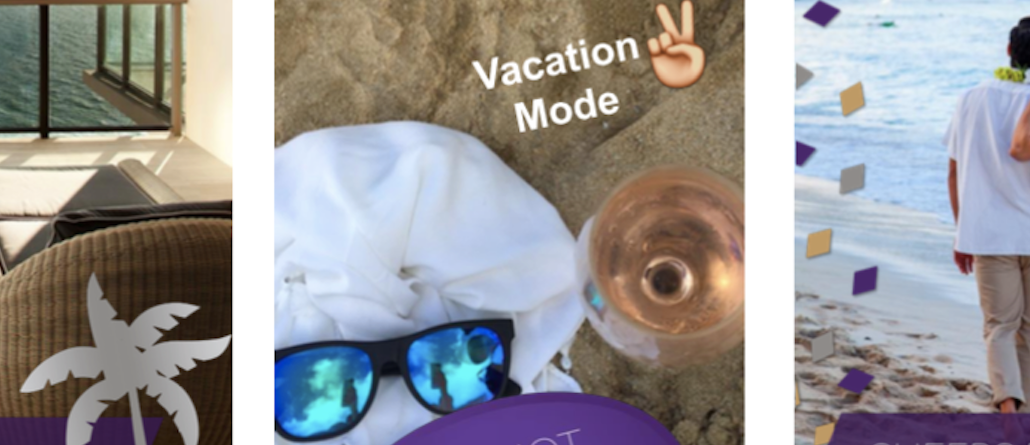
Starwood is known as an innovative hospitality company, but it’s been slower than its competitors when it comes to experimenting with Snapchat.
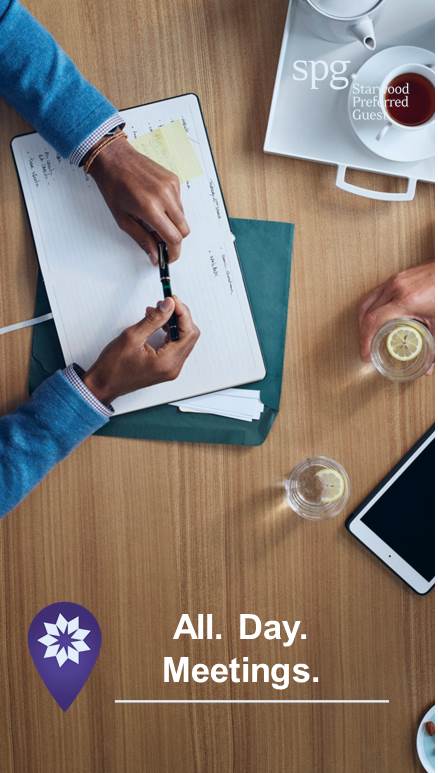
But last week, Starwood’s loyalty program Starwood Preferred Guest (SPG) started offering seven branded geofilters at 650 hotels across Starwood properties in the U.S., U.K. and Canada, including Westin and Sheraton brands.
The filters vary based on the type of property. Snapchat users can share their location via a digital postcard “Hello From ___,” play on travel terms like “Checking In” to let followers know that they’ve made it to their destination, or they can use “Do Not Disturb” to inform people that they are in full relaxation mode. Some filters even tap into fun travel props like a cocktail or a camera so users can share beach views or other hotel highlights.
“We know that people are using Snapchat. We are looking to learn what’s the right way for us to enter the platform,” said Christine Espinoza, associate director of global social media strategy for SPG. “People may be at Starwood hotels for a work meeting or a relaxing vacation. We want to tap into these behaviors and communicate with our guests on their terms.”
Starwood still doesn’t have a Snapchat account. The hotel chain has traditionally been an early adopter — it even recently introduced two robot butlers (called “Botlers”) to its Cupertino boutique Aloft hotel. The hotel chain lets its rewards members check in via the SPG app for Apple Watch. But the brand has trod carefully with Snapchat.
Espinoza explained that this initiative is driven by W Hotels’ geofilter campaign back in October of 2015. When Starwood first developed the W Hotels geofilters, Snapchat gave the company an initial estimate on the expected views. In the end, those branded geofilters delivered more views than the estimate, as well as a higher conversion rate — the number of users who actually used the filters divided by those who just saw them — than other paid filters. Starwood wanted to further experiment with Snapchat and expand geofilters to all of its properties.
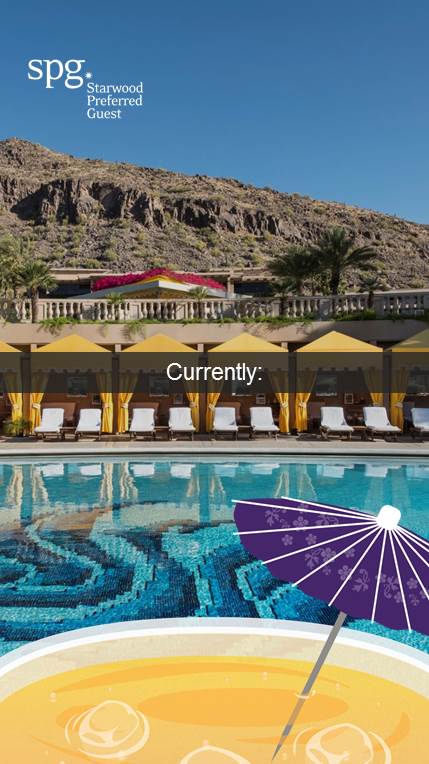
Starwood looks less bullish on Snapchat compared to its counterparts Hilton and Marriott. The former made its Snapchat debut in March of this year, offering fans behind-the-scenes content from a concert with Jason Derulo at the Hilton Bayfront in San Diego, in order to get young people interested in its rewards programs. While the latter ran a three-month campaign with four influencers last year, where those influencers crafted traveling content and published it on their own channels and on Marriott’s.
Hotel brands are looking to build customer loyalty on Snapchat where millennial engagement is high. Agency Bond Brand Loyalty’s 2016 research of 19,000 consumers across over 280 sectors shows that 57 percent of loyalty program members want to engage with a program on mobile, but the overall satisfaction within the hospitality loyalty program category is 39 percent, compared to the average of 44 percent.
Starwood’s investment in the platform is very small at the moment. (A Snapchat geofilter costs as little as $5.) The hurdle is less about measurement than the investment in creating content specific to the platform, according to Espinoza.
“You cannot just repurpose content from Instagram or Facebook,” she said. “We want to be thoughtful, and this geofilter campaign is the first step for us to understand the power of Snapchat.”
More in Marketing
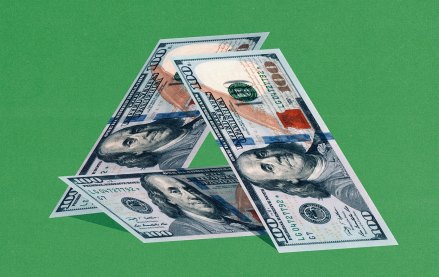
Retail media’s mid-2025 reality: Why advertisers are going all in on full-funnel
Retail media’s meteoric rise may finally be leveling off — and that’s forcing advertisers to take a harder look at what they’re getting for their money.
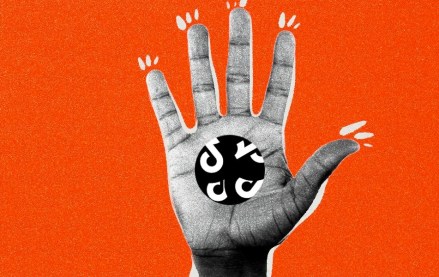
TikTok might be working on a standalone U.S. app, but marketers aren’t sold on the idea – yet
TikTok is developing a lifeboat for its American business, but media buyers are wary of advertising implications.

Bold Calls for the back half of 2025
Now’s a good moment as any to take stock —and make a few bold calls about what’s coming next.





